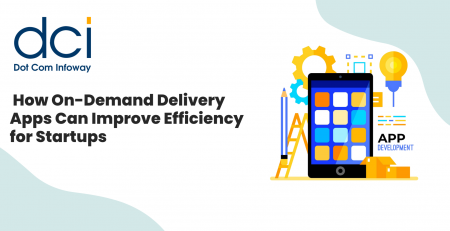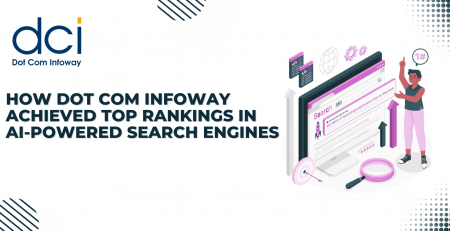5 Common Myths About Developing a Mobile App
App developers who want a strong, sustainable, long-term mobile strategy that will keep them relevant in the mobile marketplace, must develop a framework that will support efficient app building. This should take place while simultaneously making room in the process to create great user experiences. These are the attributes that drive mobile excellence. Many companies understand this but get lost in the sea of myths that surround mobile app development. In order to rise above the myths, it’s important for developers to uncover the truths that will encourage mobile app development and banish the many misleading beliefs that prevent companies from taking their apps to the next level.
Myth #1: Apps Take Half a Year to Develop and Launch
Many companies require anywhere from 10 to 100 apps in order to serve different business units. If it took six months to develop an app and launch it, many companies would become unproductive. Conversely, utilizing the right mobile platform allows app development to take place efficiently within a three-month time frame. Reusing code and backend services allows integration to take place swiftly.
Myth #2: Mobile Apps are Unable to Access Data Stored in Legacy Systems
Many enterprise organizations have heavily invested in enterprise resource planning software (ERP software) and hesitate to develop mobile apps because they don’t seamlessly plug into present technologies. Although enterprise apps may have the ability to plug into backend systems and API systems like Sharepoint, Oracle, MySQL, and SAP, many ERP’s are not mobile accessible and this can slow down app development, even making some apps obsolete. However, many of these challenges can be solved by finding a mobile backend (MBaaS) as a service solution with an API infrastructure that easily allows mobile devices to access legacy systems.
Myths #3: App Developers are Forced to Keep Up with Tons of Coding Languages and Many Frameworks
It’s true that app developers commonly use as many as 10 different coding languages, however, this is easily fixed by using platforms that allow the use of coding languages an app developer may be the most comfortable with. This is a smart way of simplifying the development process.
Myth#4: Some Apps can be Data Heavy Overwhelming Handsets and Backend Systems
The best mobile platforms know how to deal with large amounts of data from the backend and efficiently filter a small amount of data to the handset, limiting overall data transmission demands. However, it’s even more strategic to use a system that transfers data at a rate of less than1 MB per app.
Myth #5: One Mobile Development Leader is Responsible for the Development and Launch of an App
It’s not uncommon for the average app development plan to have a collaborative staff of twenty team members who keep technology uniform by using the same technology standards and requirements. This type of manpower can easily guide the development of an app across multiple business units.
Unfortunately, there are many common myths that surround the app development process and none of them do anything to support the successful development and launch of an app. This is why it behooves any smart app developer to separate the facts from the myths in order to drive and launch a successful and sustainable app.
















